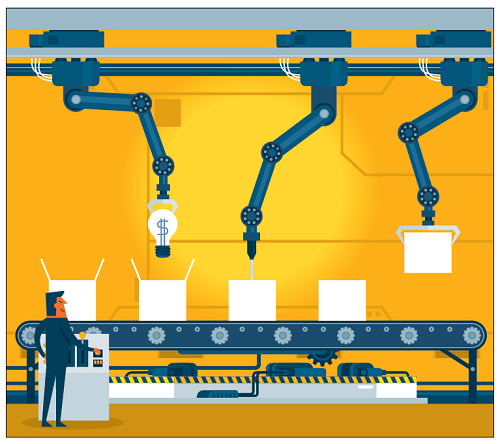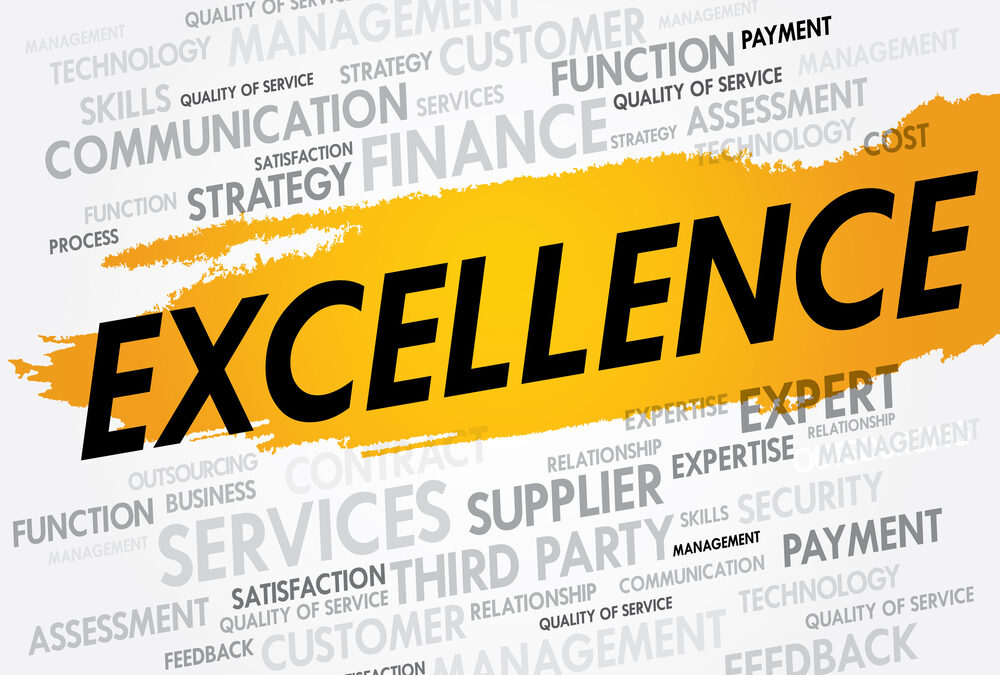As I pondered topics for this quarter’s missive, I decided to browse presentations from some recent conferences that focused on both technology generally, and financial services specifically. The former was full of optimism and excitement over a new day dawning and the power that advances in big data, analytics, and decision management might bring. The latter was replete with complaints over burdensome regulations, an inability to meet customer’s needs, and the desire to modernize extremely outdated legacy platforms. It truly seems that the approaches we discuss regularly here at BPMInstitute.org are not being fully recognized as potential solutions to alleviate the significant pain being felt. But why?























